Much like Brian Eno’s Visual Music and the deep-dive I embarked on in researching his music (you won’t regret reading this), the new Diploma Music Curriculum has a mindset of exploration. Eno’s book is beautiful in its connections. It’s mapping of line, rhythm and space, to sound and colour is exquisite. So when I saw that creativity, experimentation, and the development of real-world skills were the focus of this curriculum, every day became an exploratory one!
Creativity is a difficult concept to capture in a book, let alone within a music lesson of 40 minutes. However, after teaching the International Baccalaureate’s new Music Diploma Curriculum for a year, I can say it is making a generous impression on my students. The new course focuses on the exploration, experimentation and presentation of all musical skills. Students get to view themselves as researchers and creators, as well as performers. Consider the higher level project where seniors get to develop their own collaborative venture with another student. They could produce a rap album, complete with arranged vocal parts and produced backings. Write, compose and conduct for a silent film that they host for their school or even collaborate with a visual-artist in the manner of Mussorgsky’s Pictures at an Exhibition. I have been collecting such ideas with this Twitter Hashtag #HLprojectideas and the IB have created the nano-PD session linked below if you wish to investigate further.
Under the previous system it was devilishly difficult to score top points (unless you were a concert pianist who had a master-class with LangLang. One of my students did, and yes, they scored full marks!). With the International Baccalaureates’ new focus on portfolios and experimentation, students who play all instruments, who see themselves as session musicians, media and film composers, sound designers or konnokol percussionists, DJs or future musical journalists, can perform well. This new curriculum caters for real-world musicians.
Question: how to write a curriculum that even begins to cater for this depth and diversity?
This leveling-up of real-world-music-making is a breath of fresh air. In my own classroom, the past year has been ground-breaking for new material, new ways of experimenting with music, and of course, music technology as a required component (finally). My students bring me exciting pieces, artists I had never heard of before, and as a group, we begin deconstructing styles and techniques with enthusiasm (using their moleskin music journals).
I can now truly explore modal and fusion jazz, introduce students to the struggles of musicians from Nina Simone to Víctor Jara, explore the Singing Revolution in Estonia and even read works by Neil Gaiman because the composer Ilan Eskheri composed the score for Stardust (leading one student to transcribe his score for the game The Ghost of Tsushima). As a class we are particularly enjoying the combination of orchestral/acoustic sound-sources with electronic ones. This playlist of our #uniquelistening has over 100 videos and is still growing:
Choosing the works I model to my students, and which approaches I take, always comes back to an Orff-Schulwerk themed scaffolding: singing, playing, creating and improvisation taking centre-stage. Contexts will be different each year, but this is the joy of teaching music; it evolves. Each ‘study piece’ and ‘big idea’ derives from talking over the new areas of study with my students (agency is powerful).
The MYP Music Book fits very well with the Diploma framework, especially chapters 10-11-12. Chapter 8 is all about music technology and will also build a strong vocabulary for technology-based creations.
I was finishing my MYP Stage 4&5 Music book in 2020 with this new curriculum in mind. Chapters 10, 11, and 12 are compatible with most pre-Diploma years for backward mapping, or even Diploma classes themselves. You will find these hints in the unit titles if you want to read more. Because the course is so new I am making my two year overview available to everyone, with colour coding! The underlined words are links to explore as are the ‘big ideas’ and TOK/EE connections.
If you have ideas, thoughts or suggestions please let me know. It is all a work in progress as I am going to blog more. Time, as a teacher, always seems to run away from me. Especially when making a Music Technology Simplified Course connected to the new DP curriculum. Check it out and sign up today!
Cover image: Scoates, Christopher, Roy Ascott, Steve Dietz, Brian Dillon, Brian Eno, and William R Wright. 2019. Brian Eno – Visual Music. San Francisco: Chronicle Books.
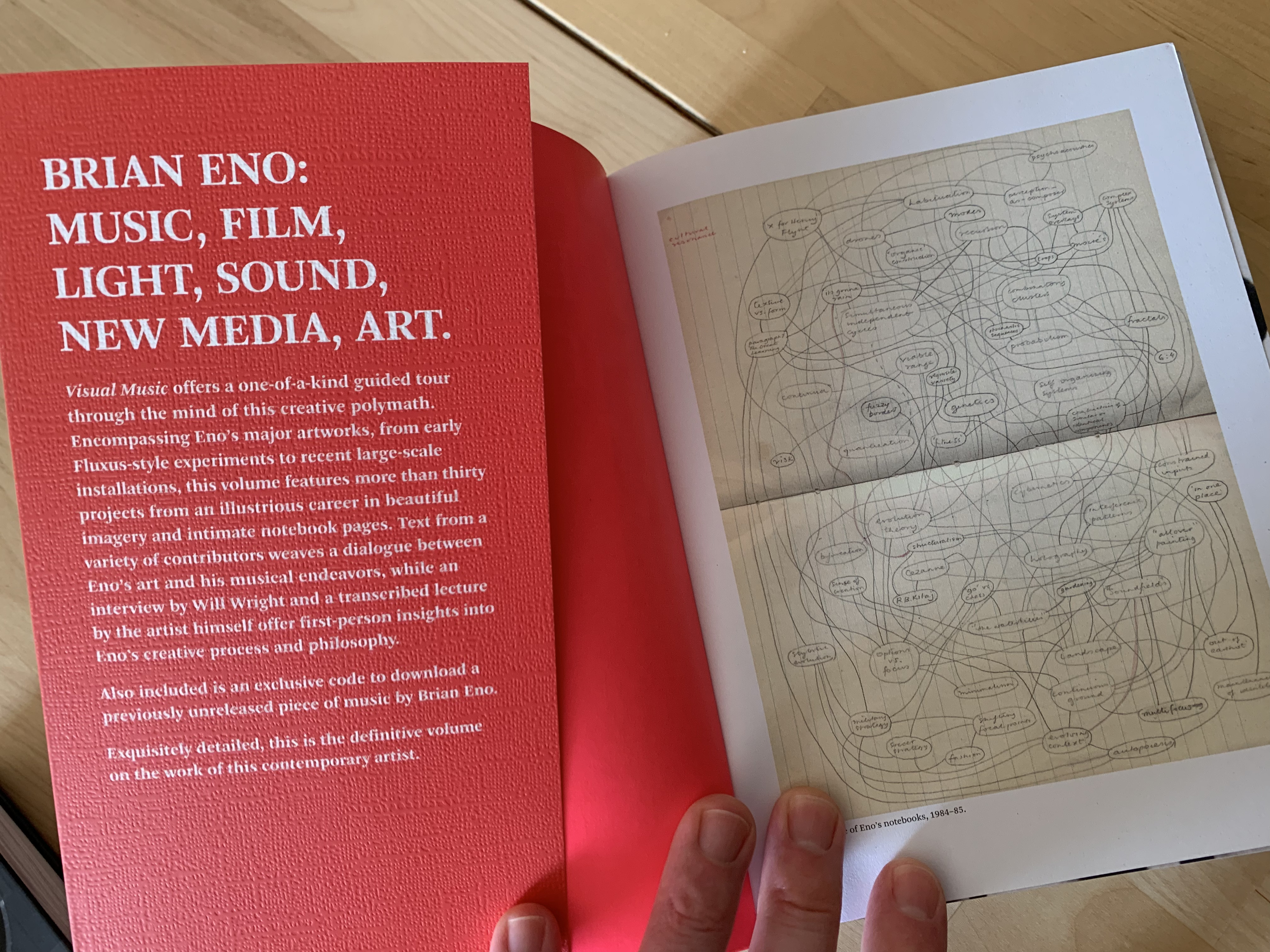
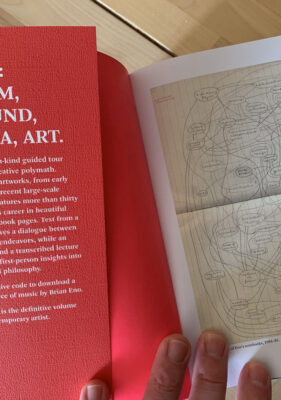

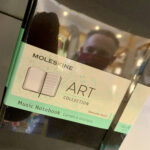
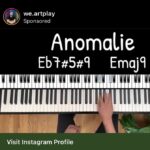
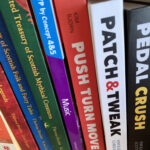
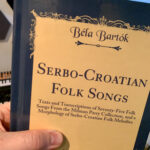
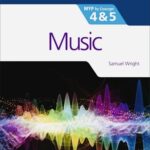
Man it would be so cool if you predicted me a 7 haha
Thank you for all your posts, thoughts and ideas
You are most welcome! Nice to hear from you Lee.
Hello Sam,
Where can I purchase your book?
Does it include a section on Musical Stimuli? I struggle with this concept. and I want to be able to offer high quality stimuli but again I’m confused.
Thanks
Hello Steve, hope you are well? Yes it includes so much stimulus it is chock-a-block full of it. Each chapter has lessons and a playlist that you can dig into. Feel free to reach out and email me via the contact section if you want a personal session to go over it.
Thank you so much for sharing this.
Hi Sam, nice to go back and read this after my first delivery of the new syllabus. Chunking the portfolio tasks to give targeted feedback that makes sense to students and avoids the daunting task of 3 complex portfolios. Ironically this genious id3a came about from a joke from my 8 year old son.
– How do you eat an Elephant.
– one bite at a time of course.
Thanks again for sharing your expertise through AMIS PD. Your MYP book has been great in sparking new ideas on year 9-10 delivery as well.
All the best
Phil
Great to hear from you! I am planning a lot right now but there is more to come. Hoping to send through some music as well!